Some materials such as lonsdaleite may be harder than diamond but do not exist in large quantities or have widespread uses.
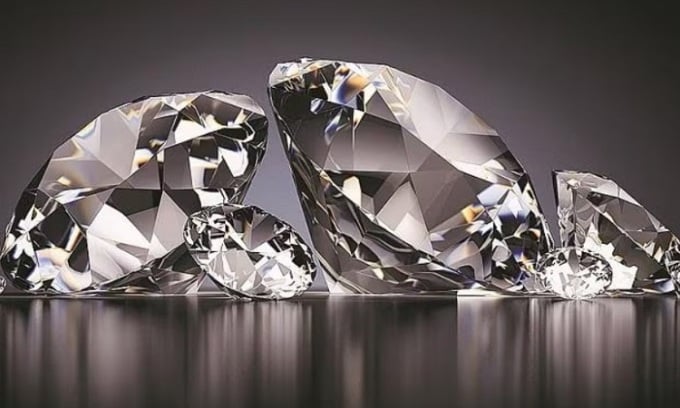
Diamonds can scratch almost anything. Photo: Business Standard
Diamonds are prized for their hardness. As jewelry, they can last for generations and remain scratch-free despite daily wear and tear. As blades or drill bits, they can penetrate almost anything without breaking. In powdered form, diamonds polish gemstones, metals, and many other materials. So finding a material harder than diamonds is difficult, according to Live Science .
Diamond is still the hardest material for most practical purposes, says Richard Kaner, a materials chemist at Richard Kaner University. There are ways to make diamonds harder than standard diamonds, and other materials could theoretically be harder than diamonds, but they don't exist in forms that you can hold in your hand or use widely.
While people wearing diamond jewelry can attest to its durability, the concept of “hardness” is very specialized, says Paul Asimow, a geochemist at the California Institute of Technology (Caltech). It is often confused with other properties like stiffness or durability. These are not always the same thing as indentation hardness. For example, diamonds have a very high indentation hardness but only a moderate flexural hardness. Diamonds tend to break easily along their crystal faces, which is how jewelers create beautiful, faceted diamonds.
Scientists measure indentation resistance in a few different ways. Geologists often rely on a unit of comparison called the Mohs scale, a way to identify minerals in the field based on whether they scratch. Diamond is a 10, the highest on the Mohs scale, meaning it can scratch almost anything. In the lab, materials scientists rely on a more precise measure called the Vickers hardness test, which determines a material’s hardness based on the force required to make an indentation with a point, similar to pressing a pencil lead into an eraser.
Diamond is made of carbon atoms arranged in a cubic lattice, linked together by short, strong chemical bonds. This structure gives it its characteristic indentation hardness. Most materials harder than diamond result from slight modifications to the crystal structure of normal diamond, or by replacing some of the carbon atoms with boron or nitrogen.
One contender for the title of hardest material is lonsdaleite. Like diamond, lonsdaleite is made of carbon atoms, but they are arranged in a hexagonal crystal structure instead of a cubic one. Until recently, lonsdaleite had only been found in extremely small amounts, mostly in meteorites, and it was unclear whether it could be classified as a material on its own or if it was simply a defect in the standard diamond crystal structure.
Recently, a team of scientists found micron-sized (1/1,000th of a millimeter) crystals of lonsdaleite in a meteorite. These are tiny crystals, but they are still larger than previously discovered. Other scientists have reported growing lonsdaleite in the lab, although the crystals only exist for a fraction of a second. So while lonsdaleite is interesting, it is unlikely to replace diamond in applications like cutting, drilling, or polishing anytime soon.
Tuning the nanoscale structure of diamonds can also produce materials that are harder than regular diamonds. A material made of many tiny diamond crystals would be harder than gemstone diamonds because the nanoscale grains are held together rather than sliding past each other. “Nanotwin” diamonds, in which the grains form mirror images of each other, are twice as indentation-resistant as regular diamonds.
Most scientists, however, aren’t pursuing superhard materials just to set records; instead, they’re looking to create something useful. They might want to create something that’s almost as hard as diamond but is cheaper or easier to make in the lab.
Kaner’s lab, for example, makes several superhard metals that could be used as industrial alternatives to diamonds. One commercially available product combines tungsten and boron, along with trace amounts of other metals. The shape of the crystals gives the material different properties in different directions. When aligned in the right way, it can scratch a diamond, Kaner says. The material is also affordable to make because it doesn’t require the high-pressure conditions required to produce diamonds in a lab.
An Khang (According to Live Science )
Source link



![[Photo] General Secretary To Lam attends the 80th Anniversary of the Cultural Sector's Traditional Day](https://vstatic.vietnam.vn/vietnam/resource/IMAGE/2025/8/23/7a88e6b58502490aa153adf8f0eec2b2)





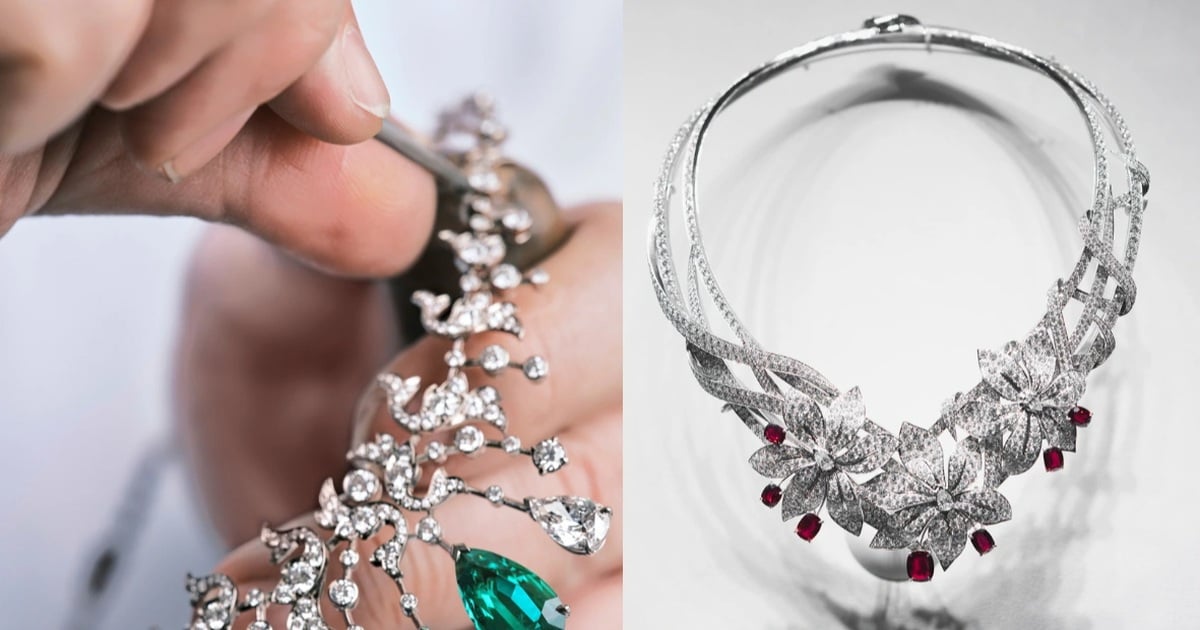





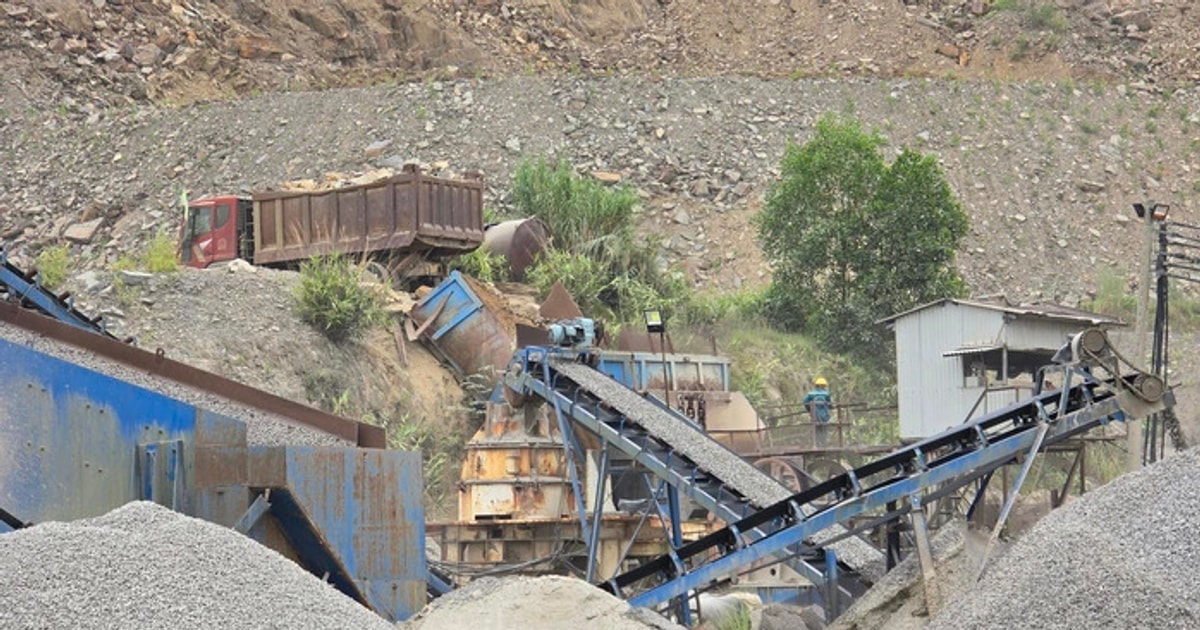


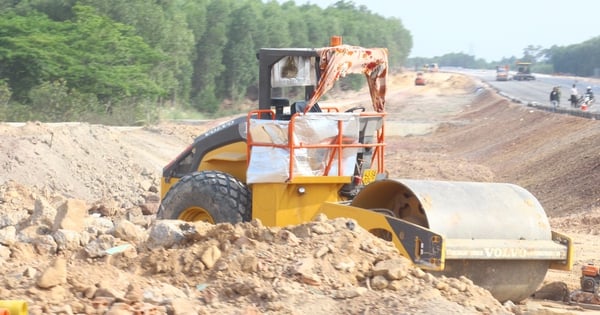






































































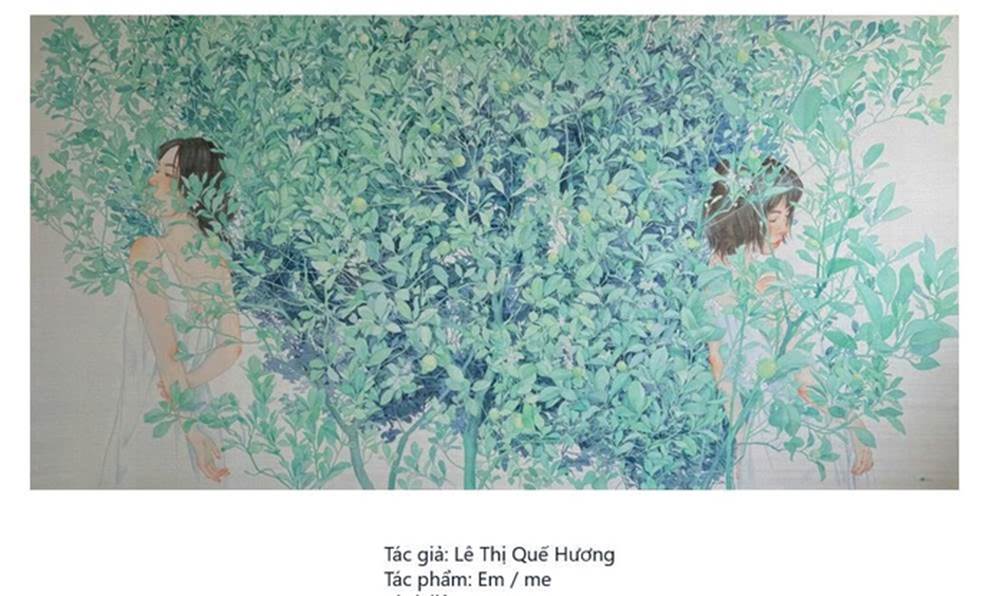















Comment (0)